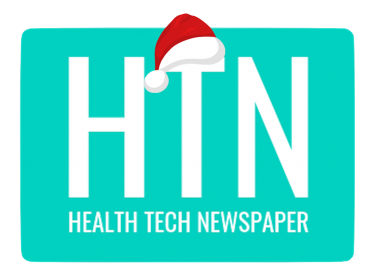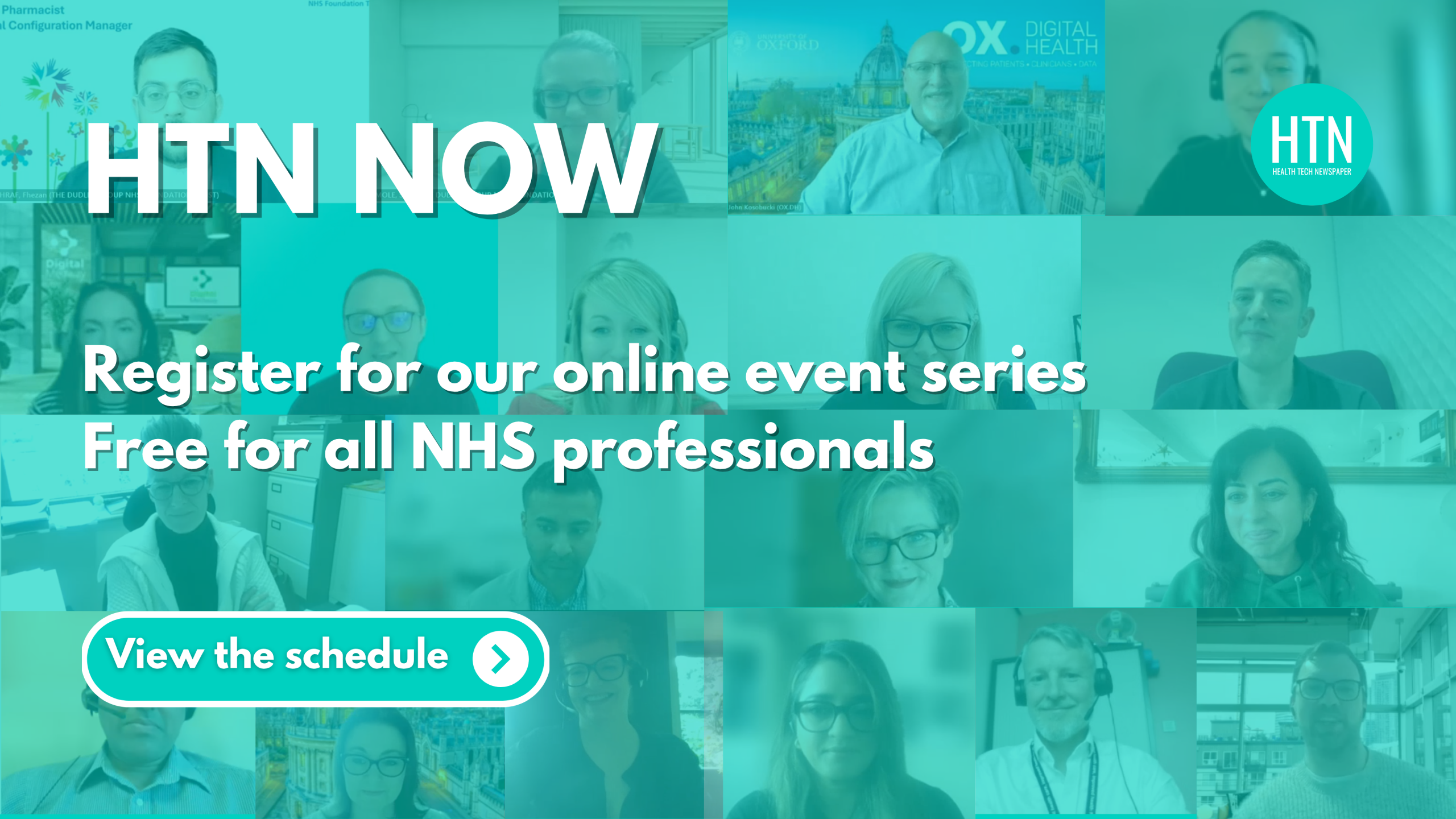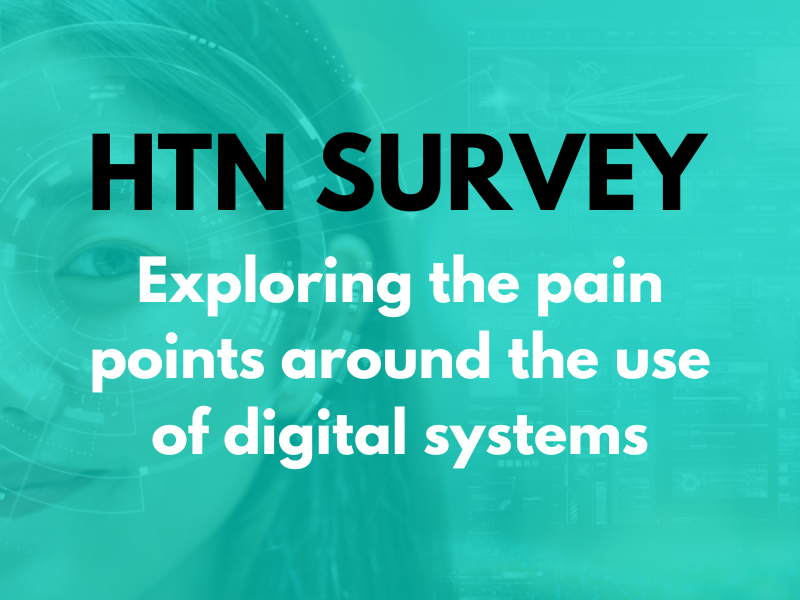The Royal Marsden (RM) NHS Foundation Trust has shared its Digital, Data and Technology strategy to 2029, building on a “good platform for digital growth and a set of capable and effective tools” resulting from the successful delivery of its previous strategy.
The trust highlights achievements including the replacement of its in-house legacy EPR with Epic’s Digital Health Record in 2023, including the MyMarsden patient portal, that has offered patients the ability to view and interact with their clinical record, see test results and appointments, and communicate with clinicians. The implementation of the trust’s cloud-based data warehouse, a new data reporting and visualisation tool, and the BRIDgE trusted research environment, are also noted. “Whilst all these changes have created a strong launchpad for our future, there is much to do to maximise the potential of these capabilities,” RM states.
In accordance with the new plan, the trust’s roadmap for 2025/26 looks to focus on an AI framework, ambient AI pilot, digital standards and training plan, low code automation first of type, cyber awareness campaign, and administrative AI use cases. For 2026/27, the focus is NHS App integration, FDP compliance, HIMSS 7, Internet of Things capability, and integrated discovery and diagnostics. Looking ahead to the strategy end date of 2029, RM outlines plans around enhancing AI capabilities, completing the roll-out of Ambient AI, regional interconnectivity and interoperability, enhanced digital standards and support capabilities, an “intrinsic” cyber awareness culture, and being a digital exemplar.
Digital infrastructure
Setting out to “empower” itself with secure and innovative digital infrastructure, the trust focuses on scalable systems offering connectivity for staff and patients, modernising endpoint devices, and taking an adaptive approach to infrastructure that permits a rapid response to changing business needs. Cloud-enabled services, strong cyber security, interoperability, and collaboration with the broader NHS ecosystem, will also be key enablers. “Holistic design governance will ensure we don’t just ‘bolt-on’ new technology as it becomes available,” RM states. “We will work to maximise our existing resources, only adding new products where they can be seamlessly integrated and add value.”
Rolling improvements to ensure high performance core networks, optimised Wi-Fi infrastructure, enhanced mobile coverage, and interconnectivity between regions and partner organisations, will help improve connectivity; with plans to integrate advanced technologies will see the trust promoting access to scalable, high-power compute with the ability to support tech such as AI, the Internet of Things, and big data. More data, storage, compute, and research will be moved to the cloud, whilst test environments to support the development of innovative solutions. Strong data protection and security measures will be introduced, cyber capabilities will be developed to protect against evolving threats, a Zero-Trust architecture will be implemented, and a map of systems critical to delivery will be maintained along with regularly tested and “robust” disaster recovery and continuity processes.
For all trust employees, this aims to offer secure and seamless access to data and apps from anywhere, appropriate devices, service support, and the capability to embrace new digital opportunities. Clinicians will have the chance to interact with new types of medical devices, and to benefit from reliable communication tools, critical message delivery, and interconnectivity across organisational boundaries. For patients, the results will be in seamless access, quality of service, timely and easy communication, and personalised care.
Digitally empowered people
RM’s staff and the patients that it serves will be digitally empowered under the new strategy, with the trust committing to co-designing its digital tools and services, enhancing patient-facing tools like the MyMarsden portal and NHS App, and prioritising digital inclusion. Training programmes will be built around best-practice standards, emerging tech will be explored to allow individuals to adjust the reading level of digital content, and processes will be “transformed” with automation and enhanced self-service capabilities. Digital will help to support patients from home, digital champions will be “nurtured” to support colleagues, investment will be made in digital leadership, and tech will give staff back time to care. A set of digital best practice standards is also to be developed, informed by SMEs, to support standardisation and the secure use of digital tools.
Describing what this digital empowerment might look like from a nurse’s perspective, RM points to benefits including access to devices that allow continuous capture of clinical observations and alert when intervention is required, predictive scheduling tech to help balance workloads across the ward, smart tracking tech to ensure vital equipment and people are always locatable, and the automation of administrative tasks such as patient discharge coordination. Patients will also be supported with AI-driven personalised care pathways offering a visual timeline of treatment plans and upcoming appointments, along with digital self-check-in, smart reminders, wayfinding tech, and AI-supported clinical summaries.
Data and research
To support its data and research capabilities, RM plans to work on the design of its systems to minimise the burden of real-world data capture, supporting data acquisition methods such as Ambient AI, and harnessing foundation and language models to handle data from unstructured sources. It also looks to opportunities from self-serve data reporting in improving data quality, and the development of a cloud-based data lakehouse model to link and enrich analysable data. Connecting with the FDP, using recognised data standards, upskilling data science specialists, and offering support for data-driven and machine learning initiatives, are also key actions.
For researchers, benefits will include eligibility flagging and alerts when a patient meets criteria for a trial, improved data availability, cohort browsing solutions, access to data spanning multiple organisations, and a trusted virtual research environment where they can work using the latest data science tools. Operational and clinical staff will also benefit from friction-free data entry, and generative AI to support with messaging and clinical summaries. Real-time dashboards aim to provide a constant colour-coded view of occupancy, waiting times, and schedules; whilst data-defined push-reporting will send reports or alerts directly to staff inboxes, for example when there are not enough patients planned for discharge to accommodate expected admissions.
Innovation and collaboration
In terms of innovation and collaboration, RM talks about fostering a culture where innovation can thrive and collaboration “becomes second nature”, establishing governance frameworks to facilitate new supplier engagements, and deploying a toolset to enable the rapid development of low-code applications, automation, and generative AI solutions. Digital champions will help embed a culture of innovation, and a collaborative innovation hub will be established to promote idea-sharing and the rapid prototyping of new projects. Strategic partnerships will be explored with “leading” tech firms, research institutions, and other providers, and a resource model for software as a medical device (SAMD) deployment will be implemented.
The trust hopes that this work will reduce the prevalence of “shadow IT” and inefficient workflows, with a robust governance framework to make sure digital solutions are properly vetted, staff able to participate in co-design via a low-code and automation hub, and a structured process for submitting digital improvement ideas. To maintain safety and scalability around innovation, RM commits to offering representative test environments mirroring live hospital settings for the testing of new tools and solutions prior to full deployment, to developing a framework for identifying high value partners, to carrying out structured stress testing to ensure new tech integrates with existing systems, and to creating a governance framework for testing and validation to allow for the safe introduction of digital innovations.
Wider trend: Tech and innovation from across the healthcare sector
For a recent HTN Now session, we were joined by experts from across the health and care sector, including Dr Shanker Vijayadeva, GP, NHS England (London region); Rhod Joyce, deputy director of digital transformation, NHS England; Dr Dom Pimenta M.D., co-founder & chief executive officer, Tortus AI; Dr Hannah Allen, chief medical officer, Heidi Health; and Dr Andrew Whiteley, managing director, Lexacom. Our panellists discussed some of the practicalities and key considerations to take into account when it comes to using ambient scribe technology in primary care and general practice. This meant delving into the risks, evidence, compliance, and how to move forward.
A prior information notice published by Health Innovation North East and North Cumbria has invited supplier engagement on an upcoming opportunity for a digital solution to support the North East and North Cumbria Secure Data Environment. Specifically, the solution being sought will be required to streamline the referral and early application intake process for projects and data access requests. Proposals should offer a consistent, auditable, and scalable digital workflow enabling efficient processing of enquiries and research applications.
A PhD study supported by the Royal Papworth Charity’s Innovation Fund is exploring the use of wearables in monitoring patients with congenital heart disease (CHD), looking to assess accuracy in estimations of peak VO₂ levels during everyday activities, hoping to enable earlier intervention in cases of deterioration. Holly Le Winton, senior clinical respiratory physiologist, and Ben Knox-Brown, lead research respiratory physiologist, came up with the idea of measuring patients’ peak VO₂ levels and comparing them to exercise stress test results.
Barking, Havering and Redbridge University Hospitals NHS Trust are taking part in a wider NHS study, trialling the use of AI scanners to help reduce hospital readmissions for people with heart failure, also allowing patients to manage their condition at home. Developed by the medical technology manufacturer, Heartfelt Technologies, the scanner is an at-home device that takes “thousands of detailed images” of patients as they get in and out of bed. Said to detect the build-up of fluid in their legs, a known cause of swelling called oedema, the trust notes is “a sign that their heart failure is getting worse”.







